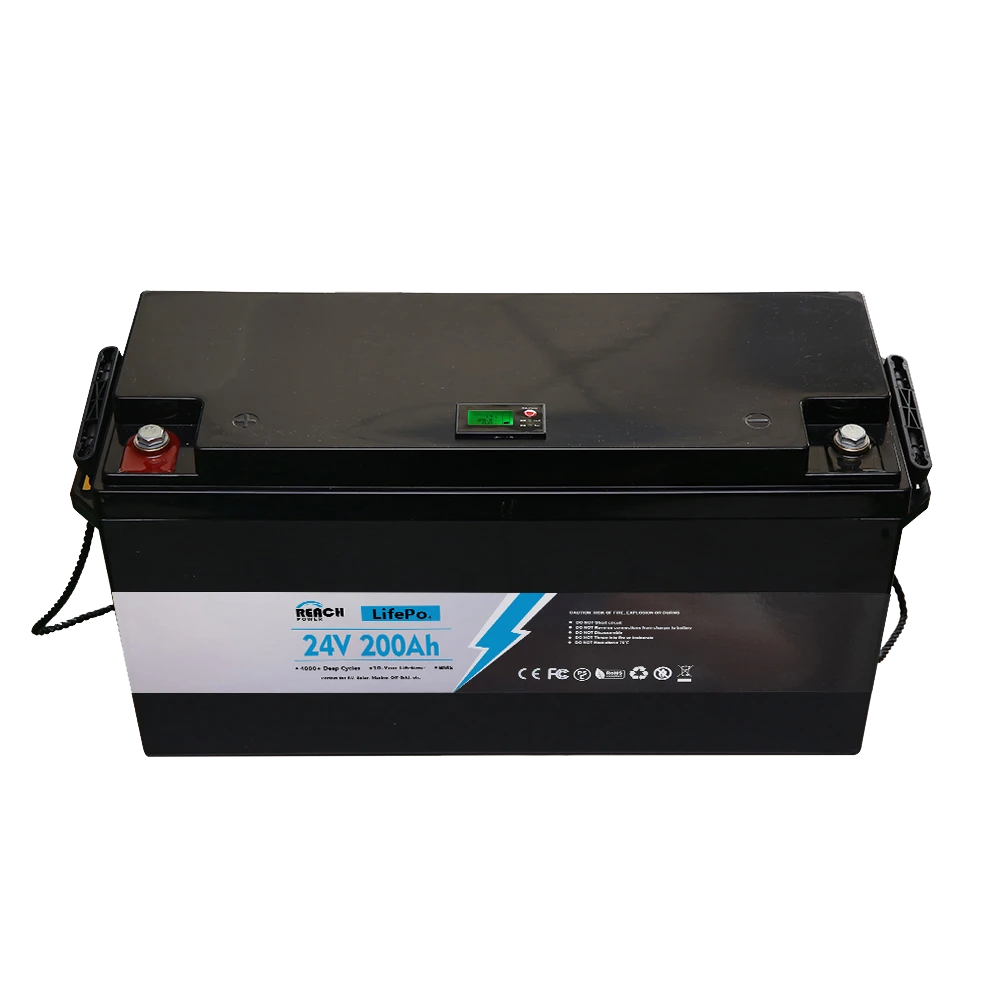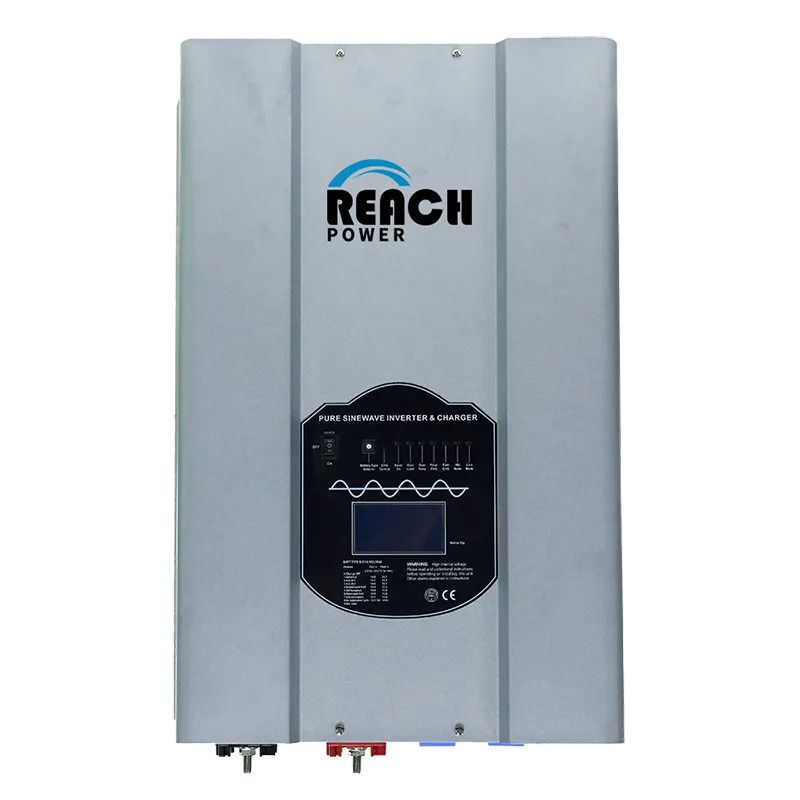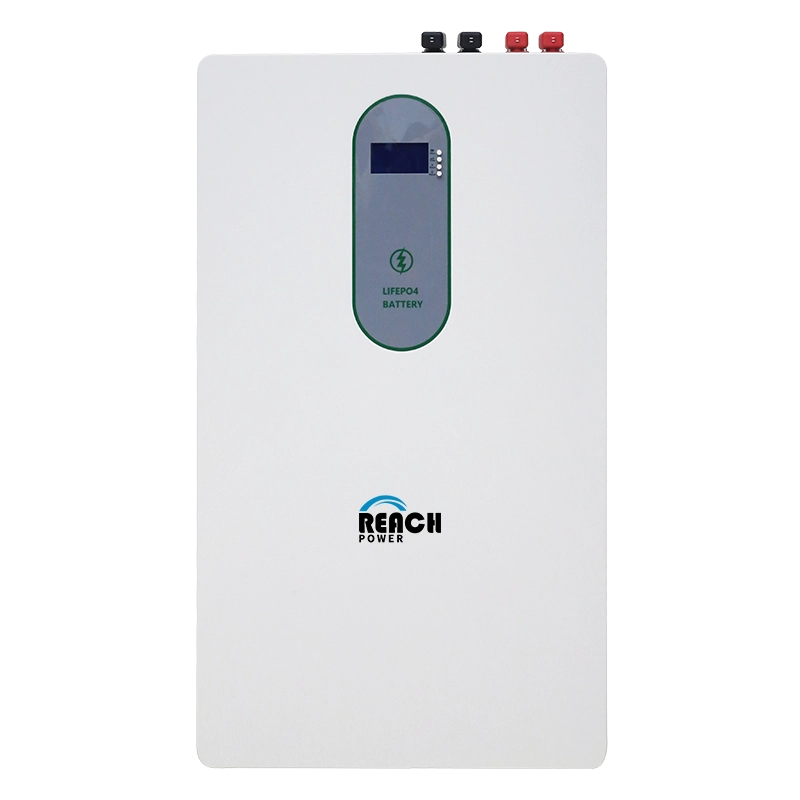2025 PV Technology Outlook: The Efficiency Revolution and System Innovation
As global energy transition accelerates, photovoltaic technology is undergoing comprehensive transformation across materials, systems, and recycling. This article focuses on three groundbreaking technical directions for 2025: high-efficiency cell evolution, PV-storage system optimization, and circular economy solutions, providing key insights for industry professionals.

1. High-Efficiency Cell Technology: From Lab Breakthroughs to Mass Production
1.1 TOPCon & HJT: Continuous Efficiency Gains
- TOPCon cells: Expected to reach 26.5% mass production efficiency in 2025, with bifaciality exceeding 85%, becoming mainstream due to PERC production line compatibility.
- Heterojunction (HJT): Silver-coated copper grid lines + ultrathin wafers (110μm) reduce costs by 30%, with mass production efficiency surpassing 26%.
- Key innovation: Low-temperature processing makes HJT ideal for flexible applications like BIPV.
1.2 Perovskite Tandem Cells: The Next Frontier
- Lab efficiency has reached 33.7%, with commercial production potentially achieving 30% efficiency by 2025.
- Critical challenge: Stabilizing large-area modules (≥1㎡) through interface passivation (annual degradation <5%).
1.3 Ultrathin Wafer Technology: New Cost Reduction Pathway
- Wafer thickness reduction from 160μm to 110μm cuts costs by 18%, with breakage rates controlled below 0.5% via laser-assisted cutting.
2. PV-Storage System Optimization: From LCOE to Grid Integration
2.1 PV + Storage Becomes Standard
- Over 30% of new PV projects will integrate storage by 2025, with 4-hour storage system costs falling to 150/kWh(vs.150/kWh(vs.210 in 2023).
- DC-coupled systems achieve 92% efficiency, 3-5% higher than AC-coupled alternatives.
2.2 Virtual Power Plant (VPP) Deployment
- Aggregating distributed PV + storage enables 500ms response times in electricity spot markets.
- Case study: A German VPP project coordinates 100,000+ residential PV systems in milliseconds.
2.3 Smart O&M Goes Mainstream
- AI-powered drone inspections detect hot spots with 99.5% accuracy, reducing O&M costs by 40%.
3. Circular Economy: Closing the Loop on PV Modules
3.1 The Coming Wave of Retired Modules
- Global PV module waste will exceed 1 million tons by 2025, representing $3 billion in recoverable value.
3.2 Recycling Technology Comparison
| Method | Recovery Rate | Advantage | Limitation |
|---|---|---|---|
| Mechanical crushing | 85% | Low energy, no pollution | Silicon purity limited to 6N |
| Hydrometallurgy | 95% | 9N purity (semiconductor-grade) | High wastewater treatment costs |
3.3 Low-Carbon Manufacturing Standards
- Recycled silicon reduces module carbon footprint by 60%, with EU potentially implementing PV carbon border taxes by 2025.
2025 PV Technology Roadmap
- Efficiency Milestones
- 2025Q1: TOPCon mass production at 26% → 2025Q4: Perovskite-silicon tandem pilot production
- Cost Reductions
- Module prices: 0.28/W→0.28/W→0.22/W (ultrathin wafers + larger formats)
- System Innovations
- PV-storage LCOE: 0.032/kWh(vs.0.032/kWh(vs.0.048 in 2023)
Conclusion: Converging Technologies for Industry Transformation
2025 PV technology will feature “high-efficiency, intelligent, and green” integrated development:
- Materials: Perovskite commercialization unlocks 30%+ efficiency
- Systems: VPPs redefine electricity market participation
- Sustainability: Chemical recycling enables closed-loop silicon use






